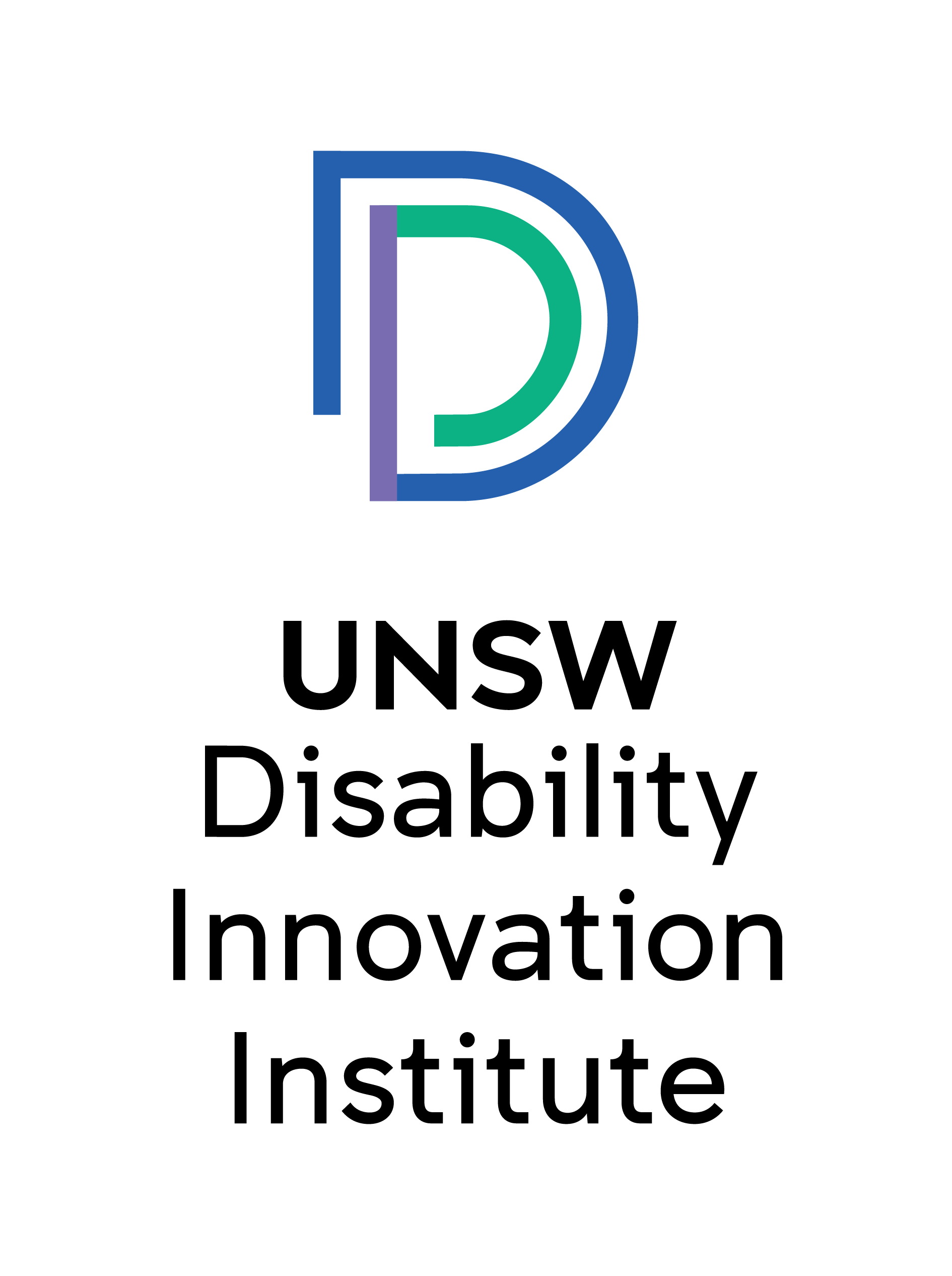Each year on 3 December we celebrate the United Nations International Day of People with Disability (IDPwD). Observed around the world, the day aims to increase public awareness, understanding and acceptance of people with disability. Every IDPwD has a specific theme, and this year it is Transformative solutions for inclusive development: the role of innovation in fuelling an accessible and equitable world.
It's a theme with which the UNSW Disability Innovation Institute has a special affinity. Alongside the inclusivity for which we are known, as our name suggests we also look to innovation as a way of transforming the world so that all people with disability can flourish. In the past we’ve often found that when people read ‘innovation’ they immediately imagine a piece of hardware – a new assistive device perhaps, or accessible technology. These things are important aspects of innovation, but primarily the Institute’s focus is on innovative thinking, whatever form that takes. It might be an innovative approach to policy, a novel inclusive teaching format, or a new way of implementing established practice.
What innovators should never do is believe that every transformative new step involves a complete break with the past. People and societies don’t shed their histories so easily, and any novel technology is adopted and used in a particular (but constantly evolving) context.
Over the past few months the Institute has been exploring this idea in its webinar series A Past Still Present: disability discrimination and eugenics from the Nazi Third Reich to COVID-19. This series has taken a close look at the nineteenth and twentieth century history of eugenic theory and the path from those original, quasi-scientific ideas to the Nazi Aktion T4: the targeted attempt to eliminate people with disability and mental illness from the population. Our various presenters have looked at the practices of memorialisation of those events, at the eugenic roots of the diagnosis of Asperger’s, and at Australia’s history of immigration policy designed to keep certain people out. Most recently we have considered the disablism behind the failure of COVID pandemic measures to keep people with disability safe, and ended by asking the question whether contemporary prenatal screening can be considered eugenic.
If we can reach any conclusion at all about such a complex topic, it’s that although a degree of eugenic thinking may be lingering in the present day, the basic problem is not with ‘eugenics’ itself but with an even more fundamental unease about, even hostility towards, disability. We can call this disablism; it can express itself through eugenic measures, but influences many other aspects of contemporary life. And it means that we will only be able to build a genuinely accessible and equitable world if fundamental attitudes are transformed as well.


